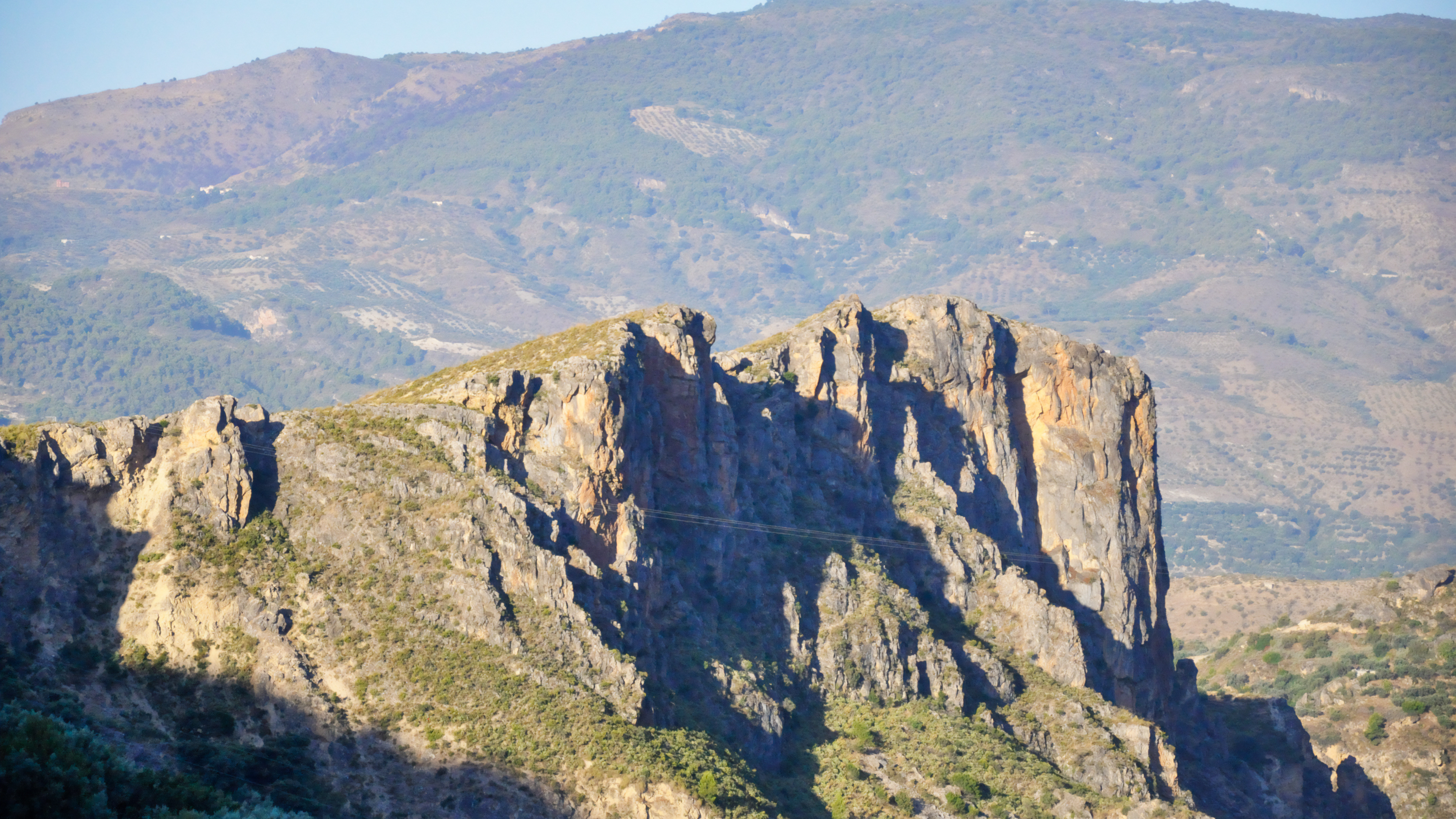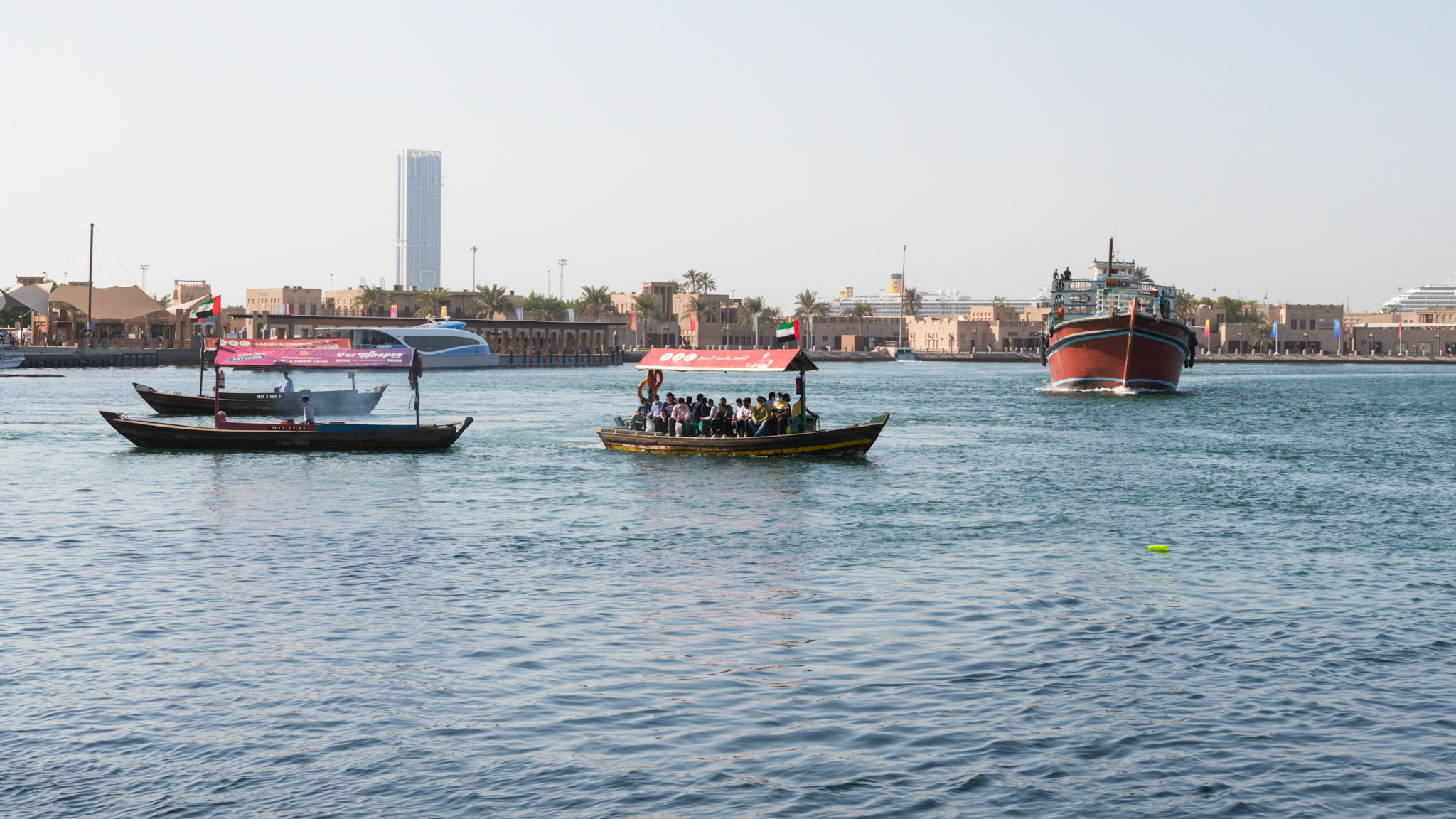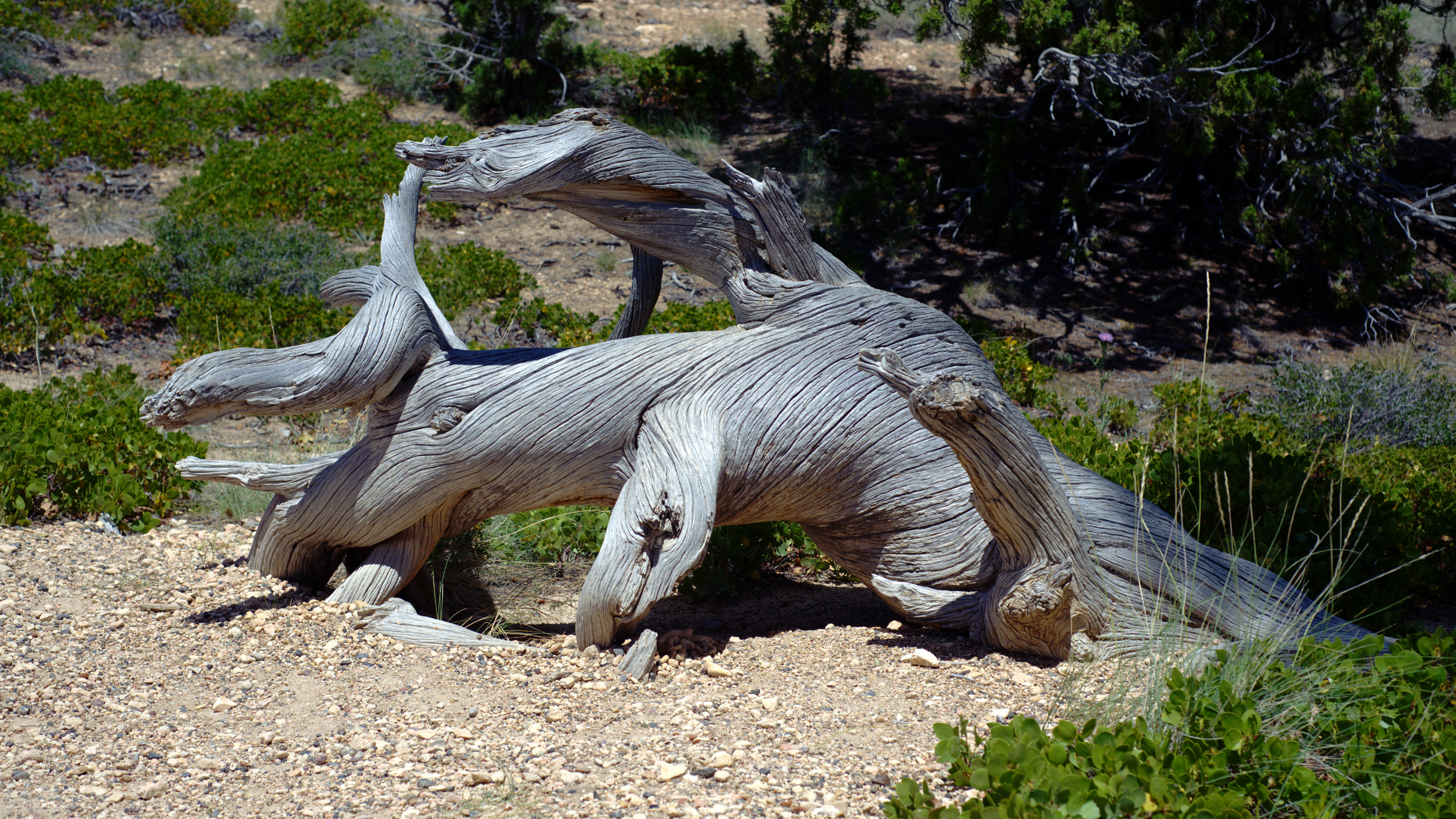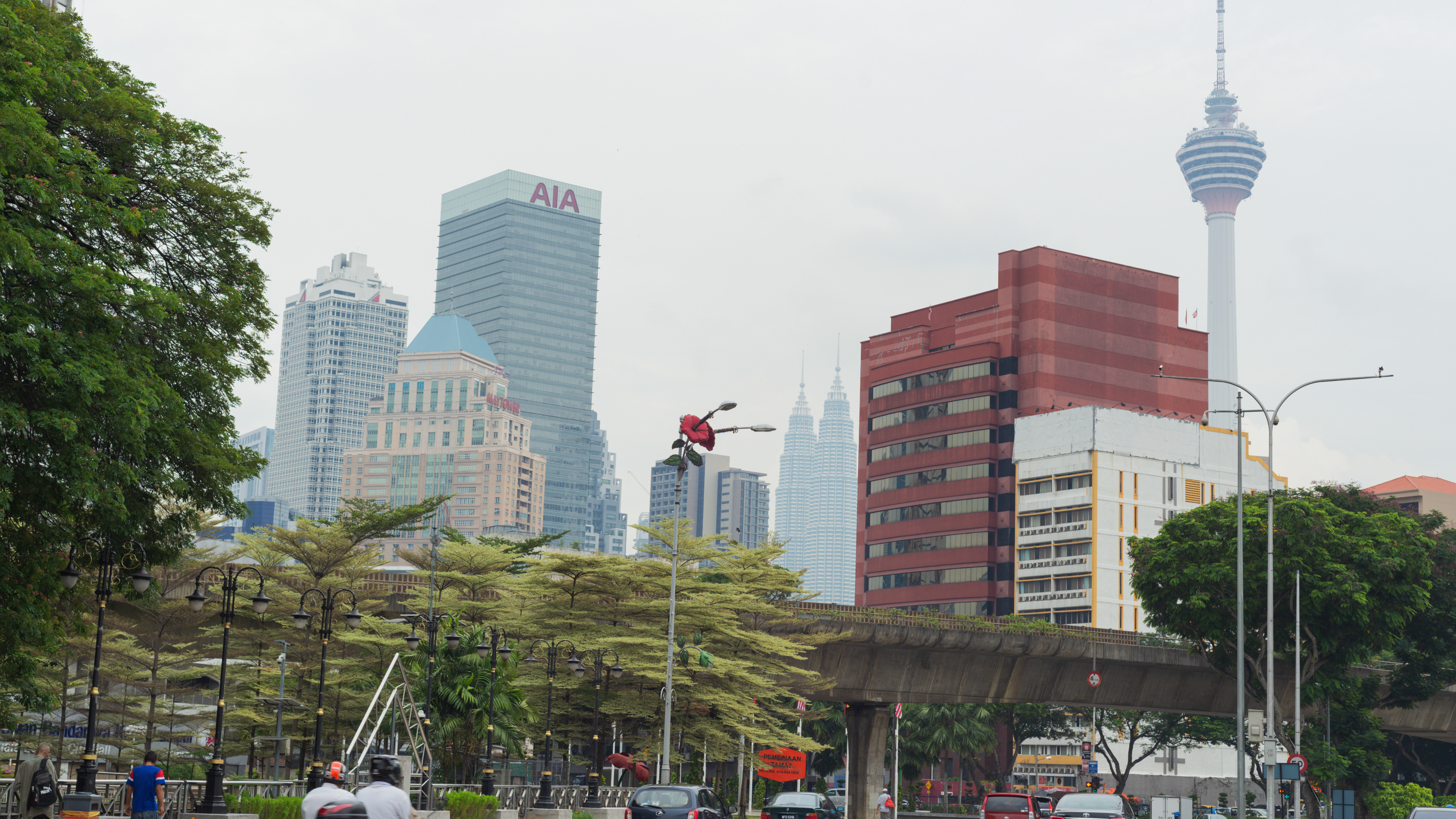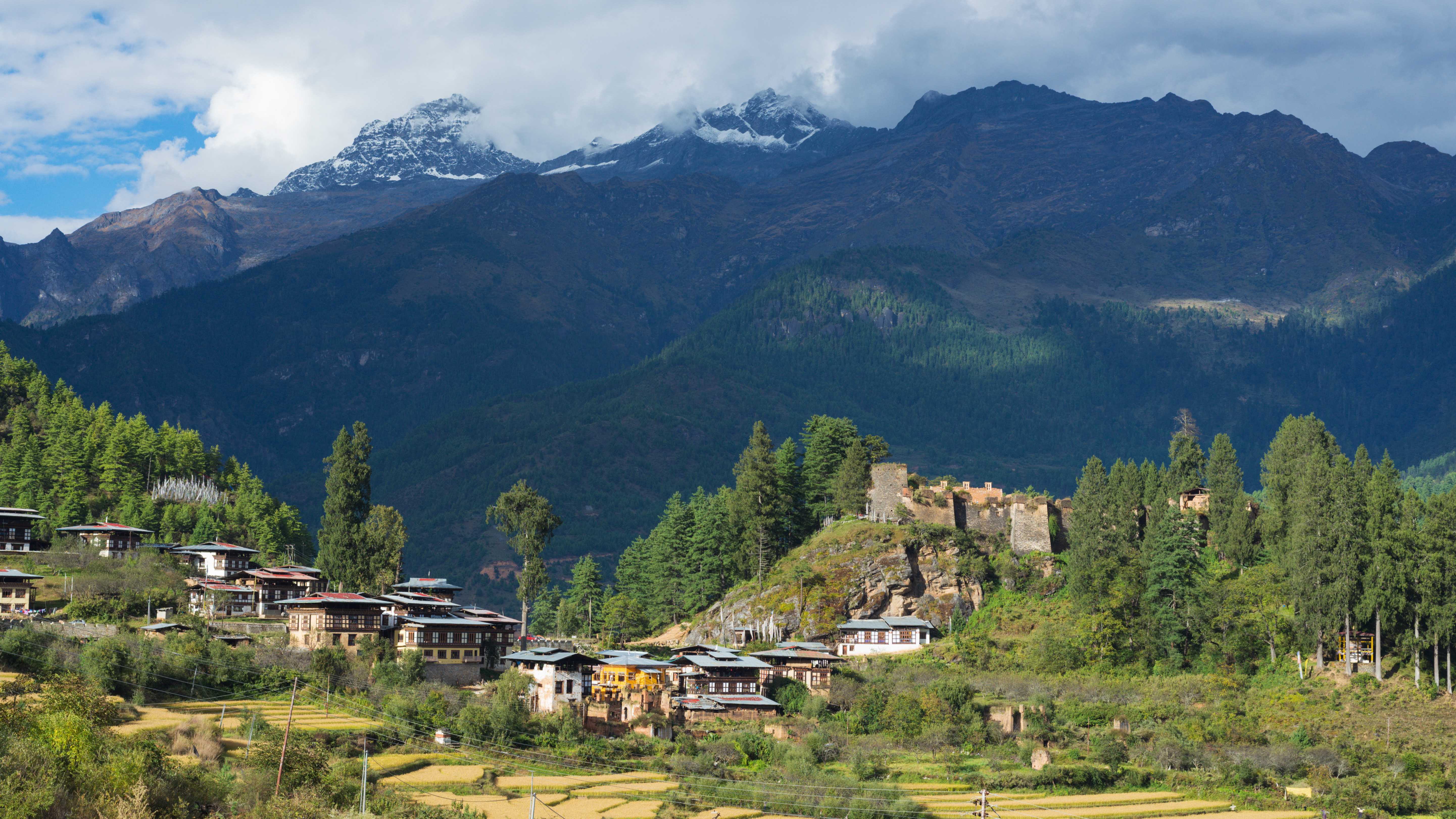Batu Caves is a prominent and iconic limestone hill located just north of Kuala Lumpur, the capital city of Malaysia. It's known for its immense religious and cultural significance, as well as its stunning natural formations. The site comprises a series of caves and cave temples that have become a popular pilgrimage site and tourist destination.
The most famous aspect of Batu Caves is the massive golden statue of Lord Murugan, a Hindu deity, standing at the entrance. To reach the main temple complex, visitors need to climb a steep flight of stairs that leads to the caves. These caves are intricately adorned with Hindu shrines, statues, and vibrant paintings, offering a unique blend of spirituality and natural beauty.
The caves also host the annual Thaipusam festival, a major Hindu festival that attracts devotees and tourists alike. During this festival, devotees engage in elaborate processions, carry kavadi (ornate structures) as acts of devotion, and perform various rituals within the caves.
Batu Caves is not only a spiritual hub but also an ecological treasure trove. The site houses a diverse range of flora and fauna, adding to its ecological significance.
Overall, Batu Caves is a site that encompasses spirituality, cultural exploration, and natural wonder, making it a must-visit destination for both locals and tourists interested in Malaysia's rich heritage and striking landscapes.
Photography: Walter Somers
